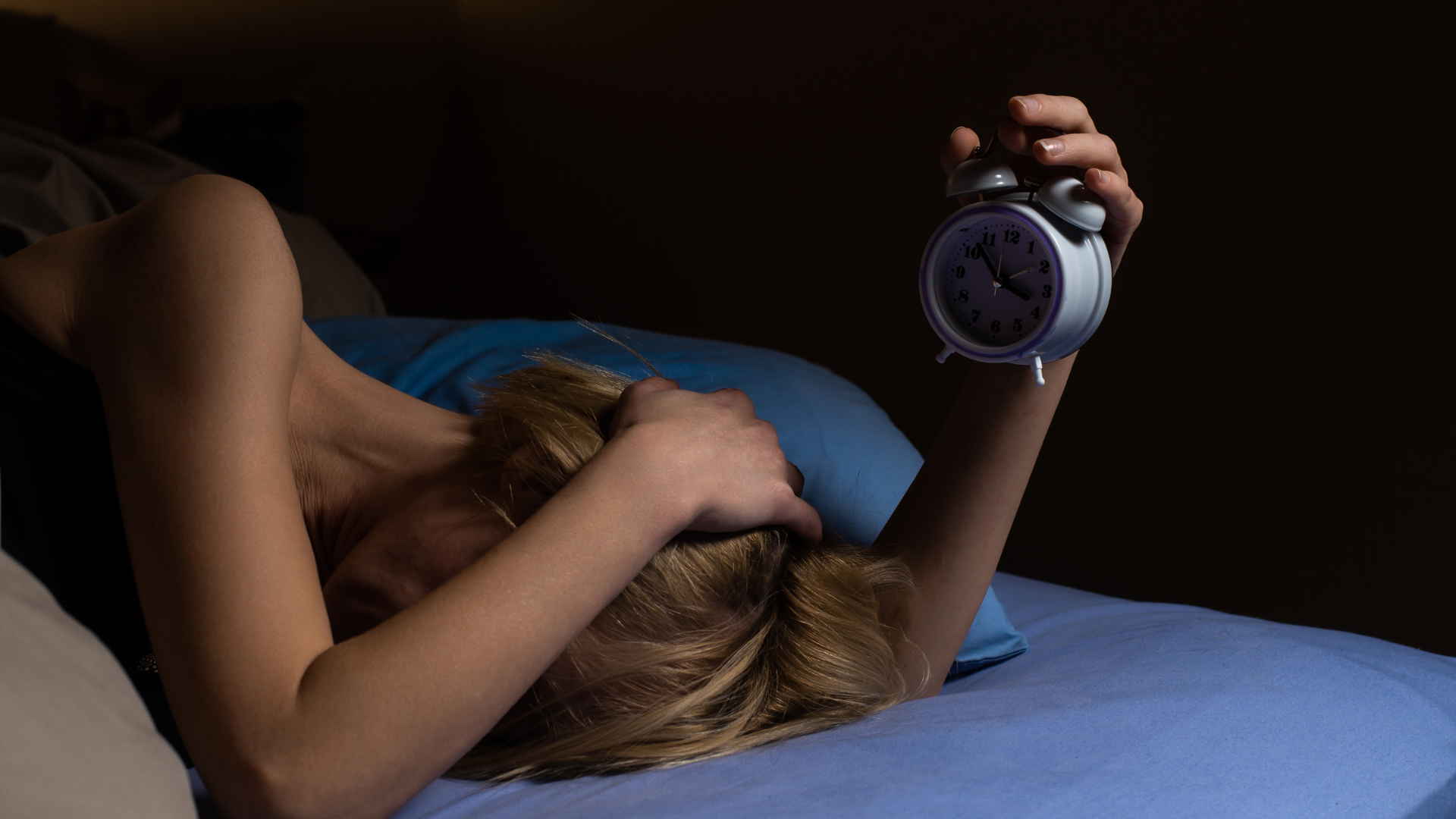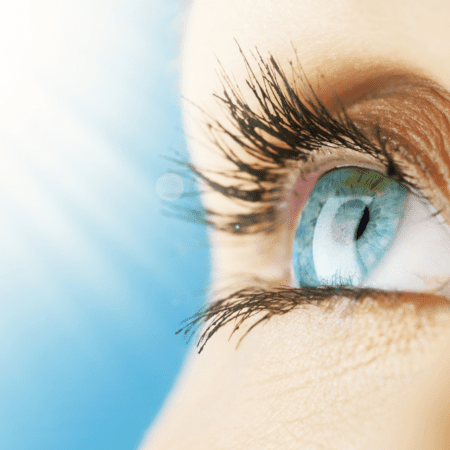
One of the most fundamental of these systems is the circadian rhythm, a natural 24-hour cycle that governs our sleep-wake cycles, hormone production, and other physiological processes. In this post, we’ll take a closer look at circadian rhythms and explore their crucial role in maintaining good health.
What Are Circadian Rhythms?
Circadian rhythms are physical, mental, and behavioral changes that follow a roughly 24-hour cycle, responding primarily to light and darkness in our environment. They are regulated by a tiny cluster of cells in the hypothalamus, known as the suprachiasmatic nucleus (SCN), which acts as the body’s internal clock. The SCN receives information about light and darkness through the eyes and signals the rest of the body accordingly.
Our bodies produce various hormones at different times of day, helping to regulate a range of physiological functions. For example, melatonin is a hormone that makes us feel sleepy, and it is typically produced at night when it’s dark. On the other hand, cortisol is a hormone that helps us feel awake and alert, and it is typically produced in the morning.


What Happens When Circadian Rhythms Are Disrupted?
When our circadian rhythms are disrupted, it can lead to a range of negative health outcomes. For example, night shift workers who are exposed to bright light during the day and have to work in artificial light at night can experience sleep disturbances, mood disorders, and increased risk of chronic diseases like obesity and diabetes.
Similarly, people who travel across time zones, disrupting their natural sleep-wake cycles, can experience jet lag, which can lead to fatigue, digestive problems, and difficulty concentrating. Studies have also shown that people who work night shifts or irregular hours are more likely to develop certain types of cancer.

How Can Circadian Lighting Help?
One of the most promising ways to support healthy circadian rhythms is through circadian lighting. Circadian lighting is designed to mimic the natural progression of light throughout the day, gradually increasing in intensity in the morning and decreasing in the evening. This helps to synchronize our internal clocks with the external environment, supporting healthy sleep patterns and improving mood and alertness.
Circadian lighting can also be used to create dynamic lighting environments that can help to improve the mood and productivity of employees. For example, blue-enriched light can help to promote alertness and concentration during the day, while warmer, more yellow-toned light can be used in the evening to promote relaxation and sleep.
In conclusion, understanding circadian rhythms and the importance of supporting them is essential for maintaining good health and well-being. By using circadian lighting and other strategies to regulate our sleep-wake cycles, we can improve our mood, productivity, and overall health.



